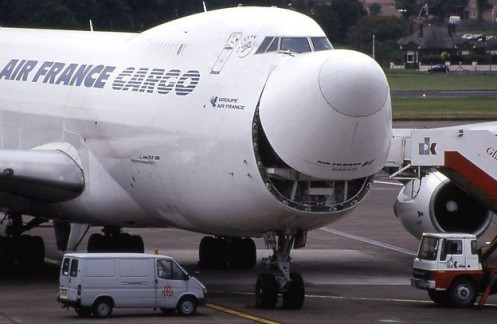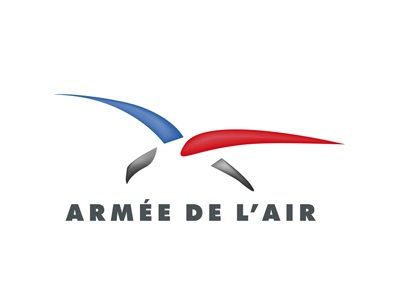The purpose of LP-TransportationPlanner, an optimization module developed by Eurodecision, is to optimize a procurement, distribution, inter-site or express package transportation plan that fulfils customer service, site operation and regulatory constraints.
The challenges faced
A logistics network comprises sites (plants, depots, hubs, etc.), demands to be met and transportation resources.
LP-TransportationPlanner can be used to build an optimized transportation plan to meet demand in full compliance of the business constraints (capacity, loading, customer service quality, and so on). The tool can arbitrate between direct deliveries, cross-docking and collection/delivery rounds. It aims to maximize truck fill rate and reduce the distances traveled to minimize the overall cost of the transportation plan.
Why choose our component?
Transportation plan optimization issues are highly combinatorial and call for powerful tools. LP-TransportationPlanner can be modulated and configured. It can deliver a tactical and regular transportation plan just as it can an operational plan.
Main features
Procurement plan:
LP-TransportationPlanner provides a general overview of the best plant procurement choices in a data zone (e.g.: Europe), in line with the following basic circuits:
- direct delivery from the supplier to the plant
- pick-up: product loading from several suppliers, followed by direct routing to the plant
- cross-docking: high volume collection from many suppliers to a platform, followed by direct routing to the plant
Distribution plan:
LP-TransportationPlanner provides a general overview of the best customer distribution choices in a data zone (e.g.: Europe), in line with the following basic circuits:
- direct delivery of a single customer
- delivery round : delivering several customers from a plant or warehouse
- Cross-docking: grouping several customers’ flows at a platform for local distribution by rounds from that platform
Inter-site transportation plan:
The tool builds “loops” that group “pick and delivery” demands (product picked up in one to be transported to another site).
Express package transportation plan:
From a transit-time map over an area, LP-TransportationPlanner builds the hauling routes that enable a standard demand to be transported (e.g.: a winter’s weekday) between all the network points. The demand for express package delivery is conveyed as a quantity to be transported between any pair of network points. LP-TransportationPlanner builds the hauling routes from this demand, which is often calculated for a standard day in addition to the consignment plan (proposes a unique route between any pair of network points).
Whatever the transportation plan type, it minimizes overall cost by fulfilling time (transit-time map, timeslots, loading/unloading times, travelling times, etc.) and capacity constraints (vehicle capacities, number of loading bays, etc.). Note that the model can factor in specific constraints, a maximum number of split loads, packaging or special equipment management, and return flows.
The main result categories provided are:
- hauling list including transported flow list, fill rate, departure/arrival times, etc.
- list of circuits taken by each flow (routing)
- interactive transit-time map
- platform activity by time slot
- delivery frequencies
- economic and statistical results (total costs and their breakdown, number of split loads, distances traveled, etc.)
Logistics service suppliers
Transport firms
The tool also incorporates an interactive decision-support system (IDSS)
Once an initial version of the transportation plan has been built, the IDSS interactively makes allowance for the business expertise of the central and regional actors of the plan in real time (e.g.: prohibit a certain number of hauling routes or circuits; oblige routing via a specific circuit).
This system offers the advantage of facilitating adoption of the new transportation plan by the operational managers by involving the teams on the ground in its design.







